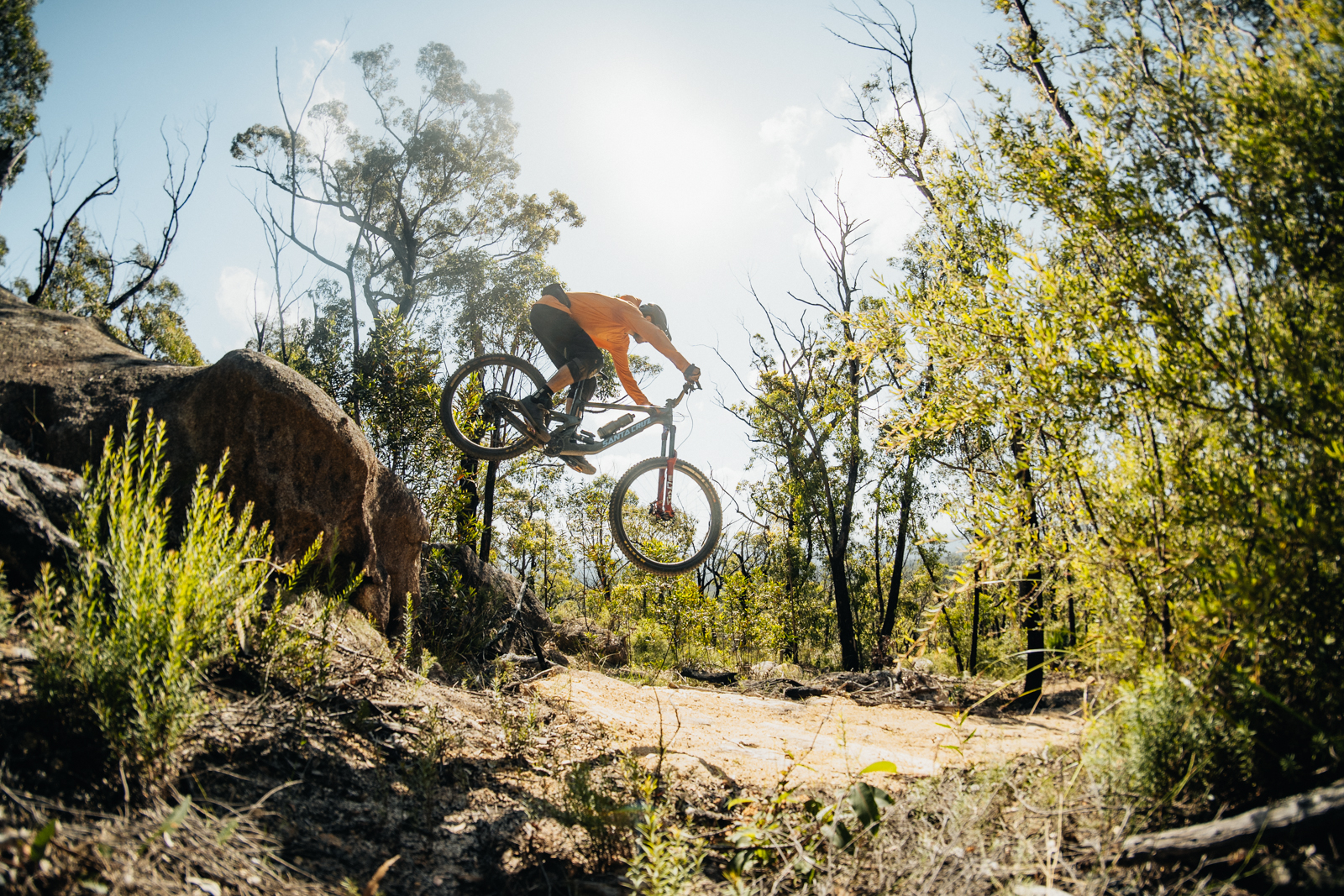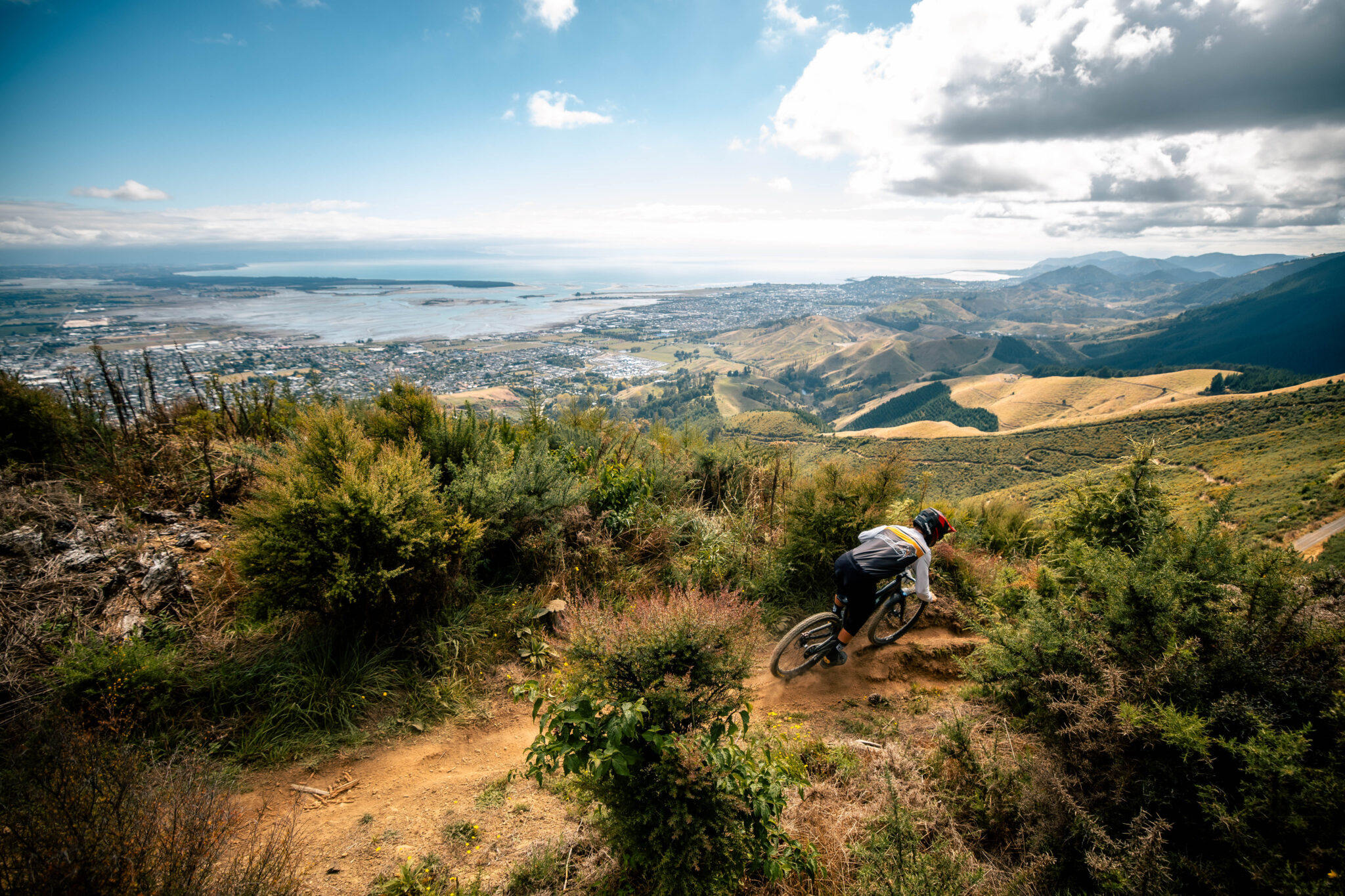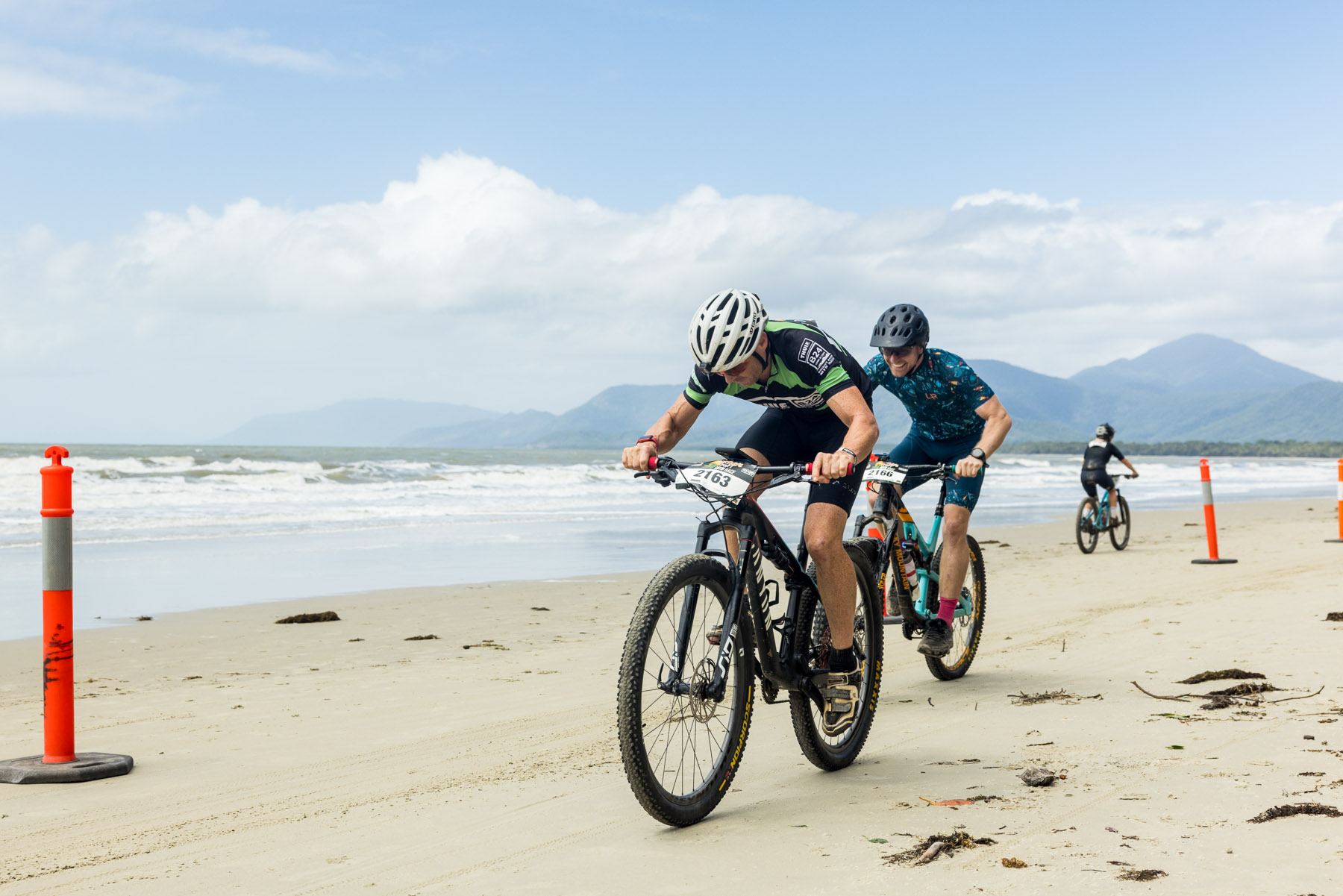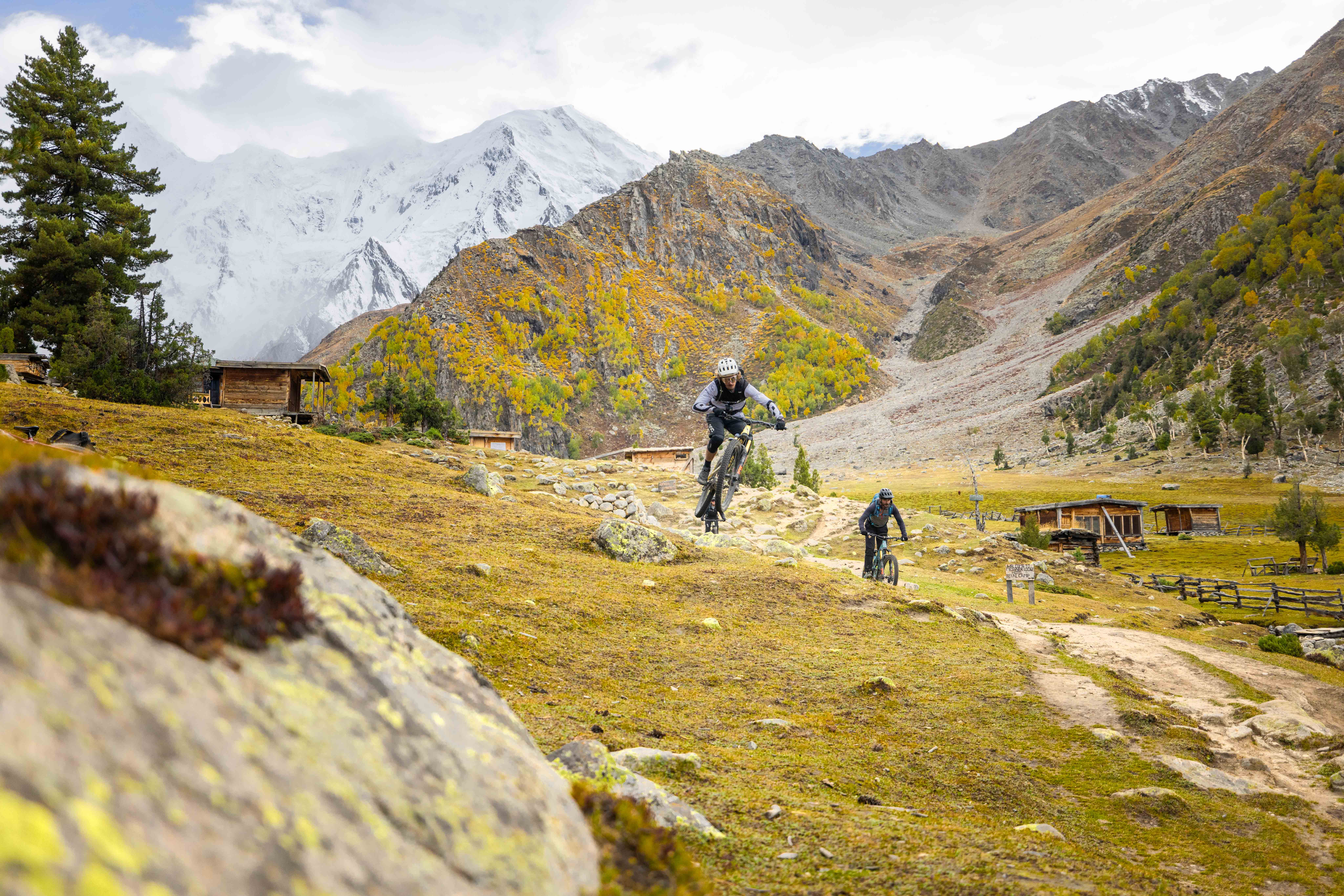AMB's suspension fork buyer's guide
Are you about to upgrade your fork? Then this is essential reading!
Words and photos: Ryan Walsch
With lots of aftermarket fork options available we want to provide some info on suspension terminology, adjustments and what handling characteristics can be improved when using these adjustments.
Regardless of what suspension fork you have or are looking to upgrade to, a suspension fork has two main parts that can be adjusted. The spring can be coil, air or a hybrid of the two and may vary in length or include a travel adjustment depending on application. Each spring type has their pros and cons for example air is lightweight, highly adjustable on the trail, but performance degrades when it heats and is in some cases less reliable. Coil forks are typically plusher, and more reliable systems not affected by heat in bike applications but are heavier and require spring replacement for different weight riders.
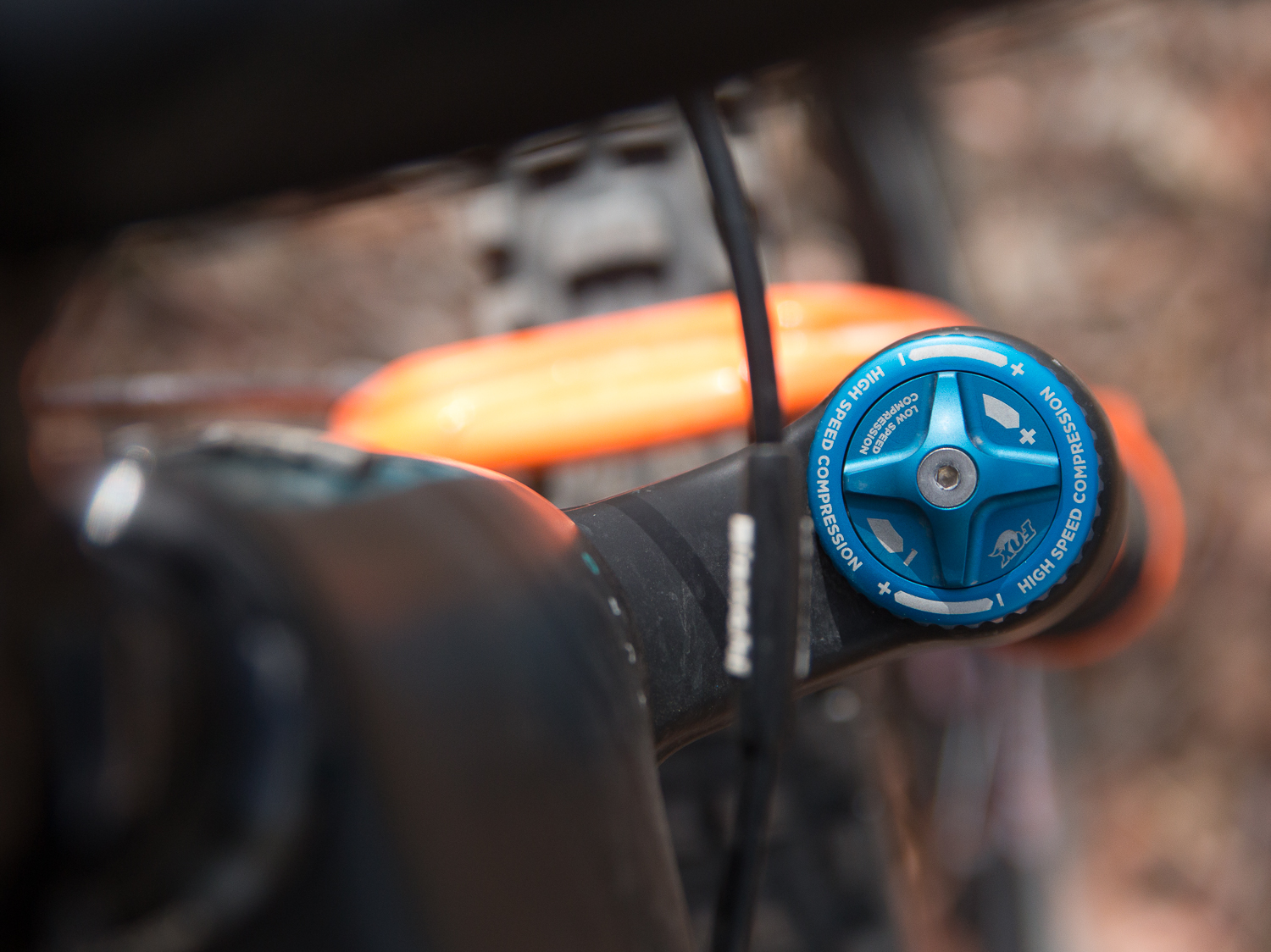
The second adjustable component is the damping assembly and is usually found on the right hand side of the fork, keeping the oil/damping system away from the disc brake. The damping assembly controls the rate of which the fork compresses in and then rebounds to its starting position. The damping assembly usually contains a lockout, compression and rebound adjustments and in most cases the more you spend the more adjustments you will get to fine tune your bikes characteristics.
Rather than rating a selection of forks and picking a winner we want to outline the features and handling characteristics on 4 forks we have been reviewing or had mounted up on test bikes recently. There are far more forks available than what we are including here and everyone has their own preferences on looks, feel or marketing jargon so we will endeavour to keep to facts about the adjustments and how that relates to ride feel.
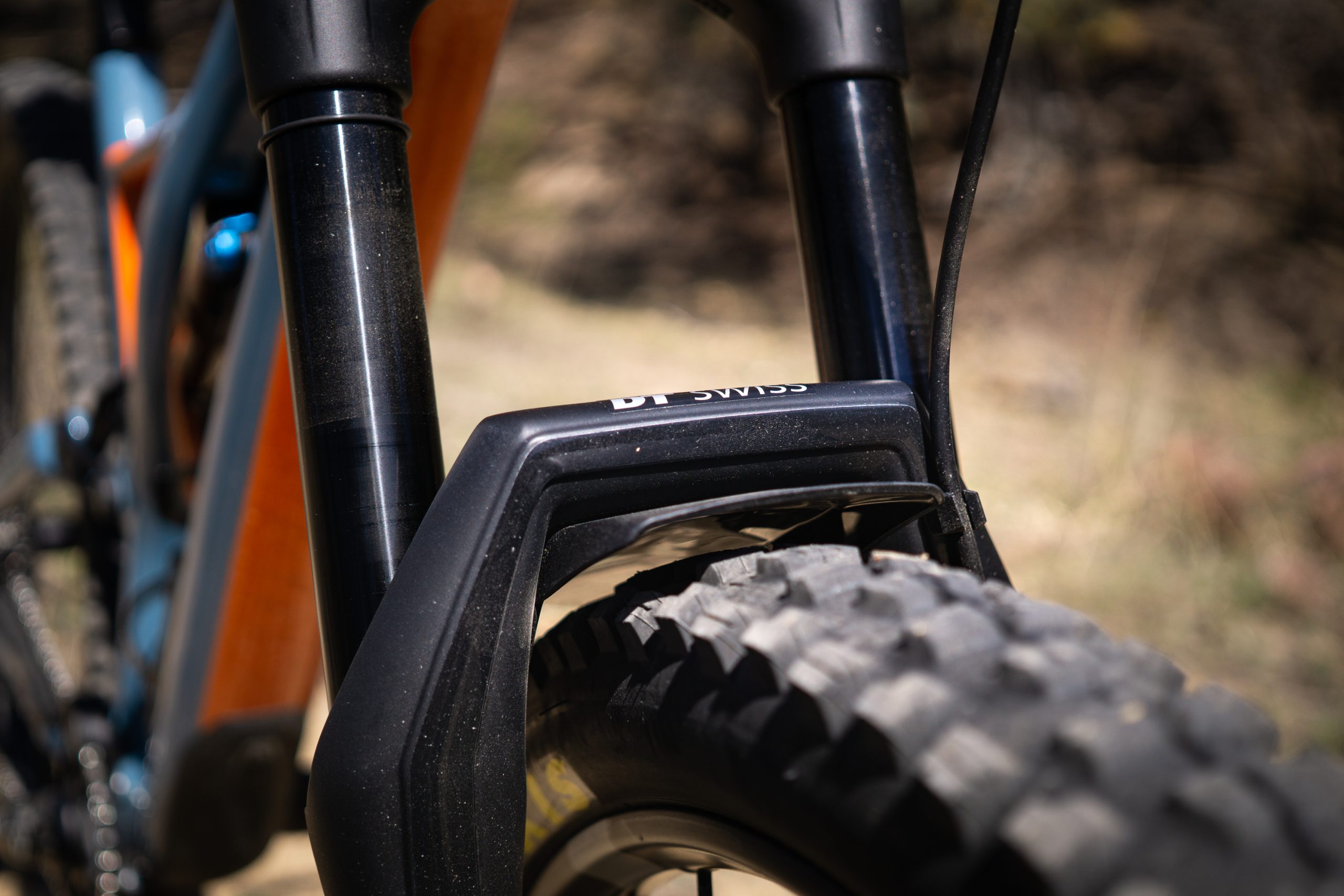
There can be common problems with forks that you might be trying to solve with a new fork – so let's look at some problem solving first.
Bike handling issues and potential causes
Understeer
Not enough weight on the front wheel
Too much pressure on fork/not enough pressure in shock
Fork not supple enough/too much compression damping/lower leg service required
Stem too short/bars too high
Packing up over bumps (forks diving and not returning) often on braking bumps
Rebound too slow
Air pressure too low/spring rate too low
Not enough compression damping
Bottoming out heavily
Not enough air pressure/spring rate too low
Not enough high speed compression
Spring curve too linear, try increasing number of tokens to reduce the chambers volume
Bike/rider getting bucked over jumps (over the bars)
Rebound too fast/rear shock in particular
Rider weight too far back/not enough pressure in rear shock
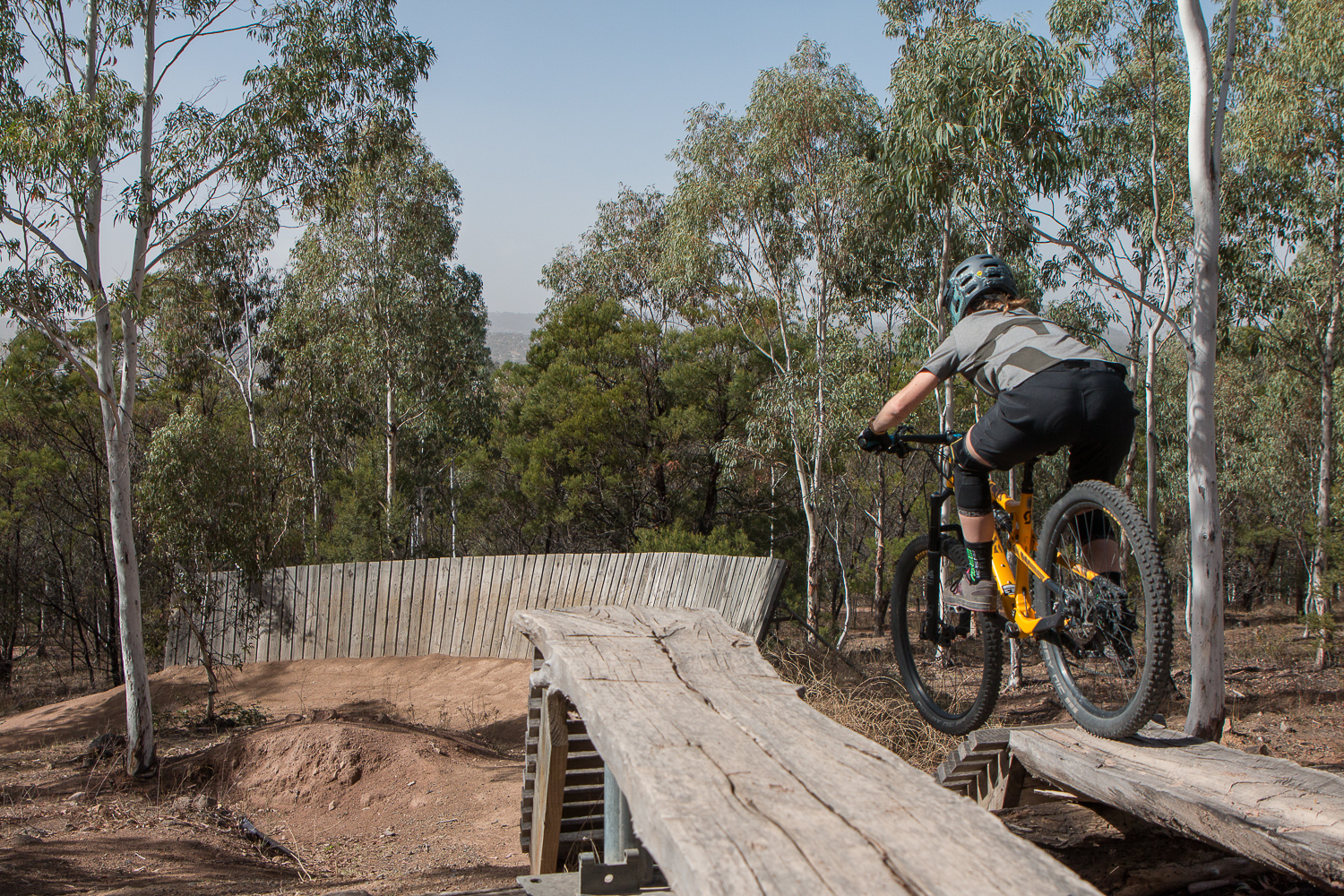
The number one cause of a getting bucked over the bars when jumping is a rider's weight bias being toward the rear of the bike. The more weight over the rear wheel, the more the shock is preloaded and the more likely the bike wants to send you over. If you feel to be central on the bike try checking the rear shock's sag and rebound setting.
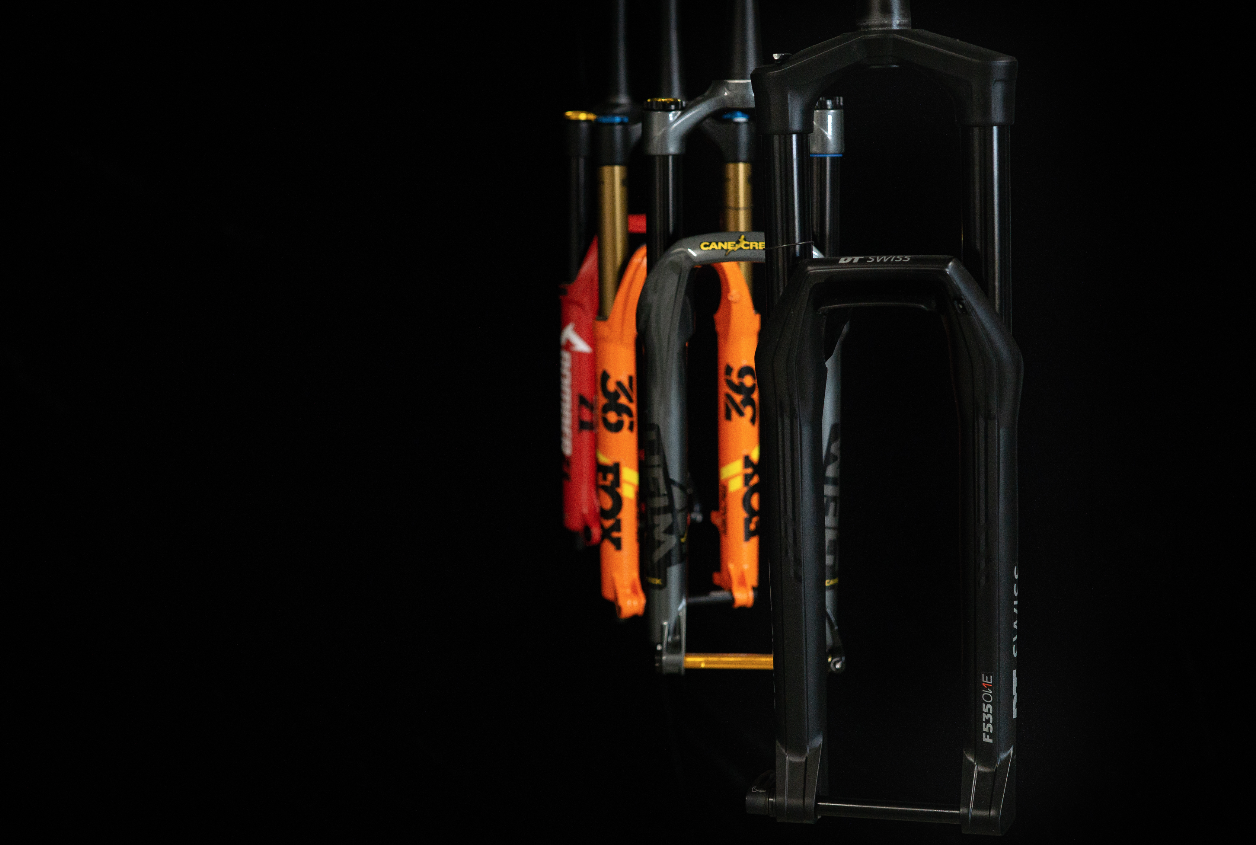
The Basics of suspension components
Coil Spring
As mentioned earlier, coil springs are the most reliable system, have a relatively linear spring rate with a small amount of preload adjustment. Springs are incredibly supple “off the top” or at the start of the stroke and remain active all the time, making adjustments to the spring curve will require a new spring. Most brands offer a few different spring weights recommended for riders in a specific weight range.
Air Spring
Air forks are more easily adjusted and can be changed on the trail if required. Typically air springs have a more progressive ramping up/firming up towards the end of the stroke. Air springs require a negative air spring to ensure the “off the top” feel of the fork is supple like that of a coil, the bigger the negative spring the more supple a fork usually is. An air spring's spring curve can be made more progressive or more linear by adding or removing “tokens” which will increase or decrease the volume of the air chamber.
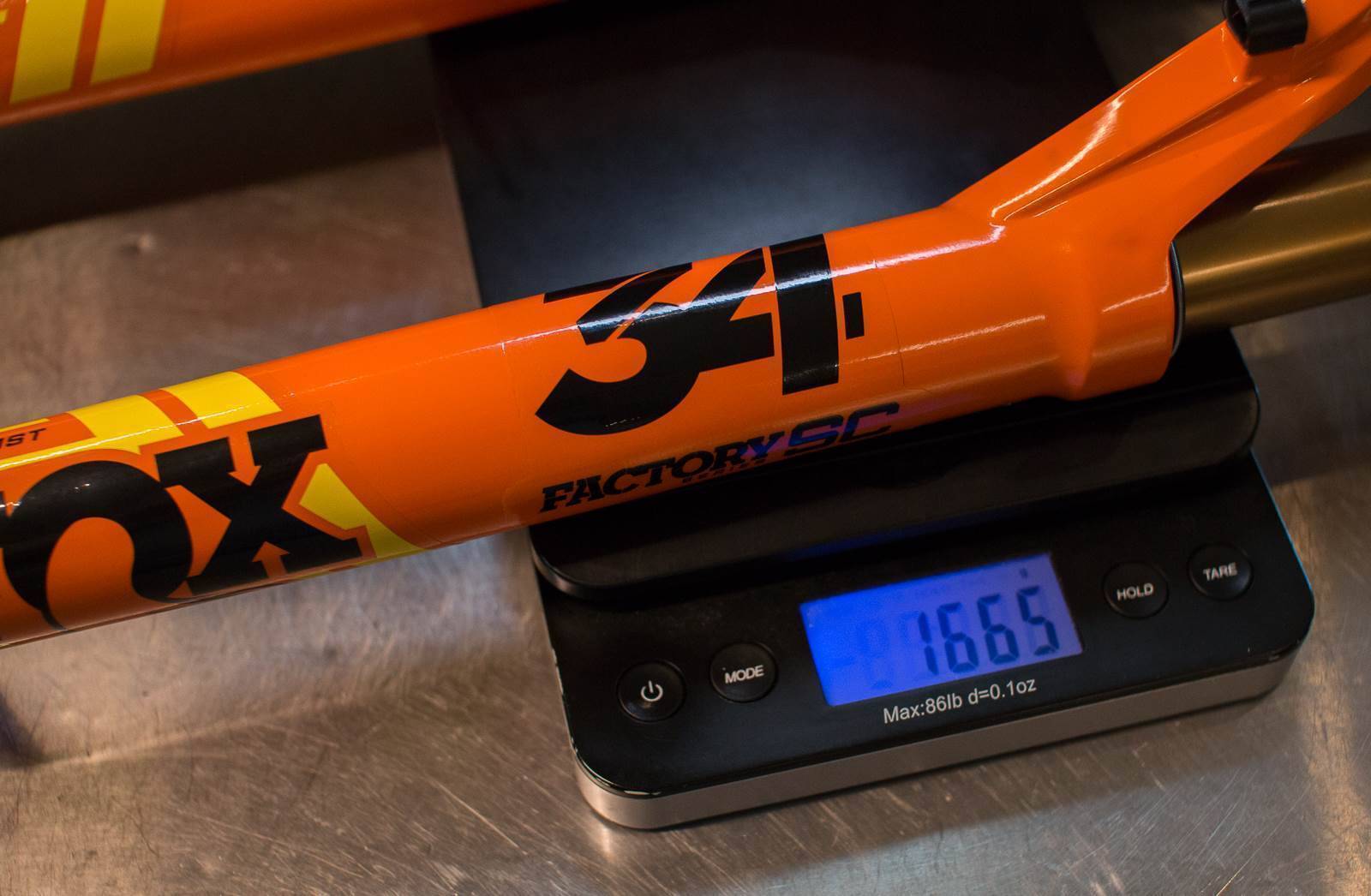
Compression
Compression damping controls the rate of which the fork can compress and can be incorporated into a single lockout lever, or as separate High Speed Compression and Low Speed Compression adjustments the separate High speed compression circuit can restrict the forks movement when hitting something at high speed such as a big landing or deep pothole on a fire road that you didn’t see. The low speed compression circuit takes care of things like pedalling induced bob small braking bumps and initial diving of the fork on lower speed impacts. Without compression damping suspension can feel mushy and have a tendency to dive on descents and into corners.
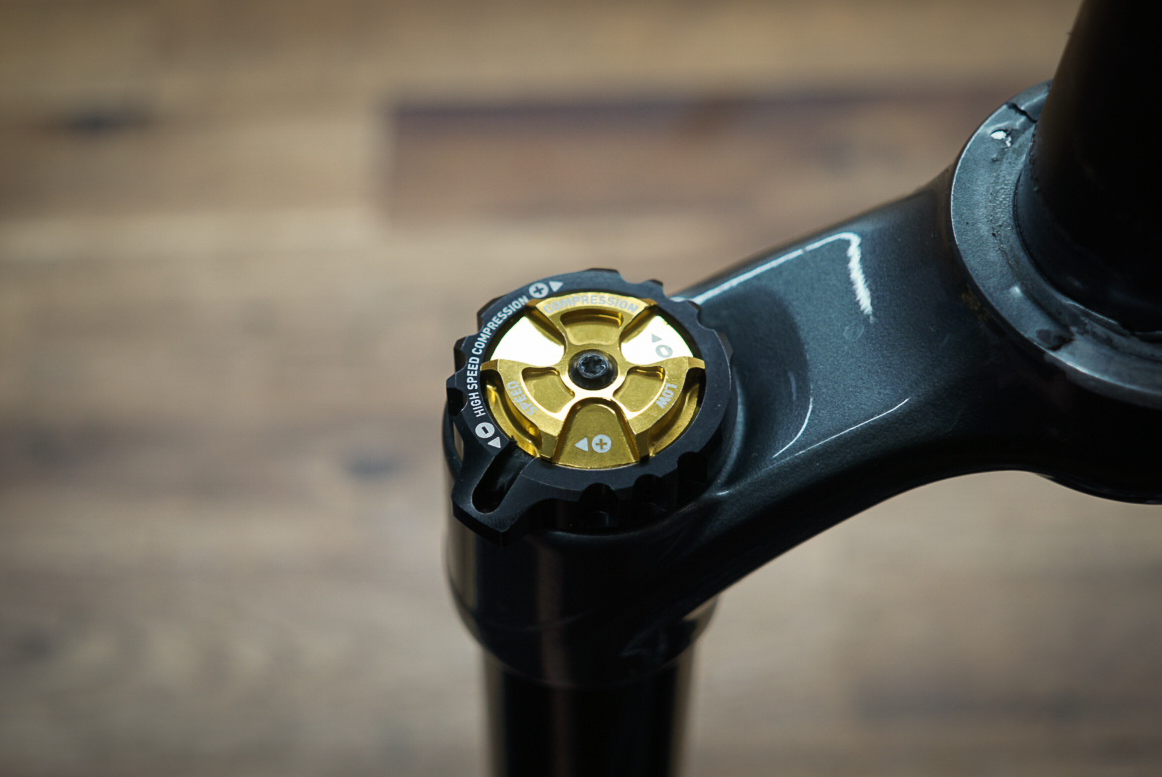
Rebound
Rebound damping controls the rate of which the fork rebounds or returns, too fast and your bike will feel like a springbok and too slow and it will never come back out before you hit the next bump. Typically forks only have one rebound adjustment, but some newer DH forks and Enduro forks have separate Low and High speed rebound adjustments. These adjustments do the exact same thing as the above but rather restricts the oil flow as the wheel travels back out.
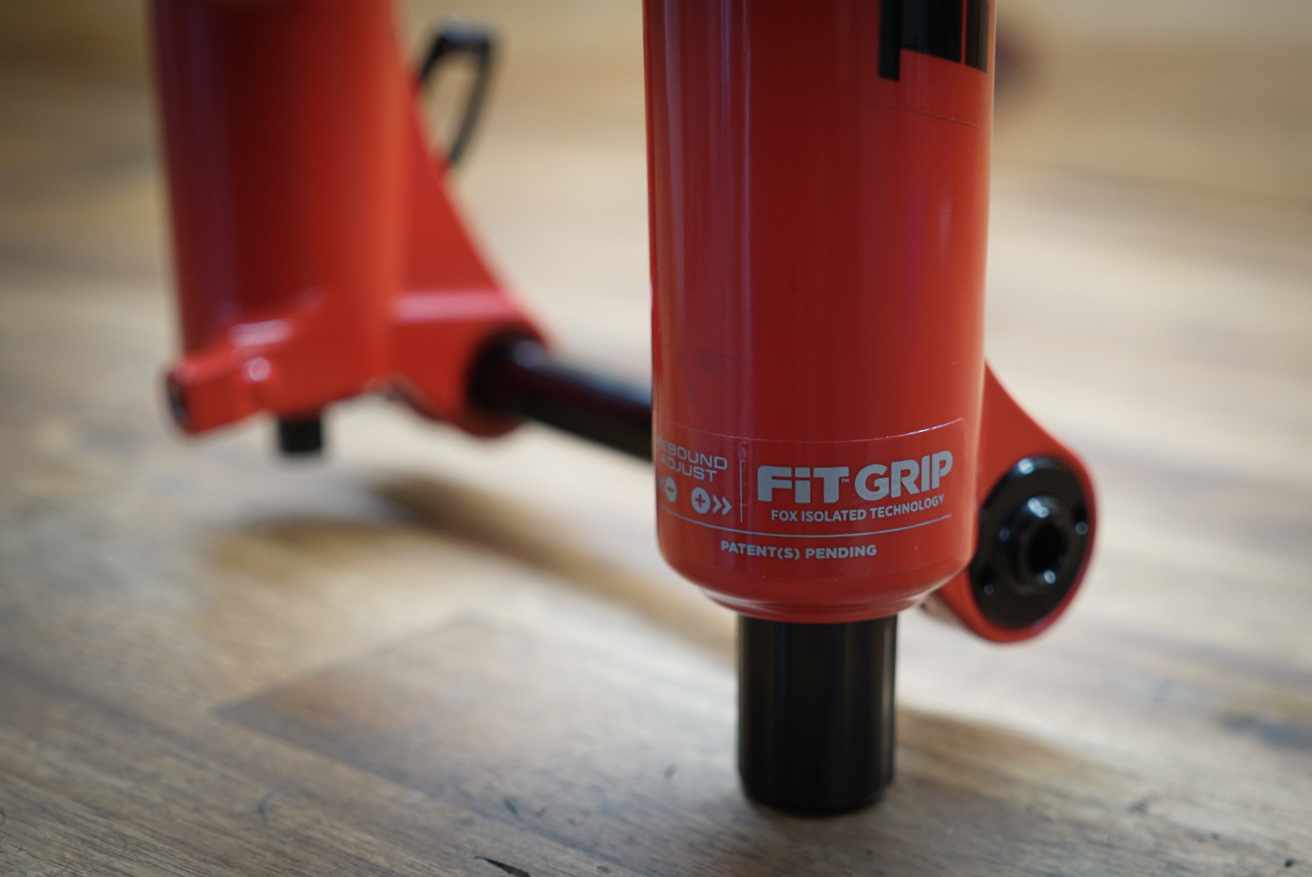
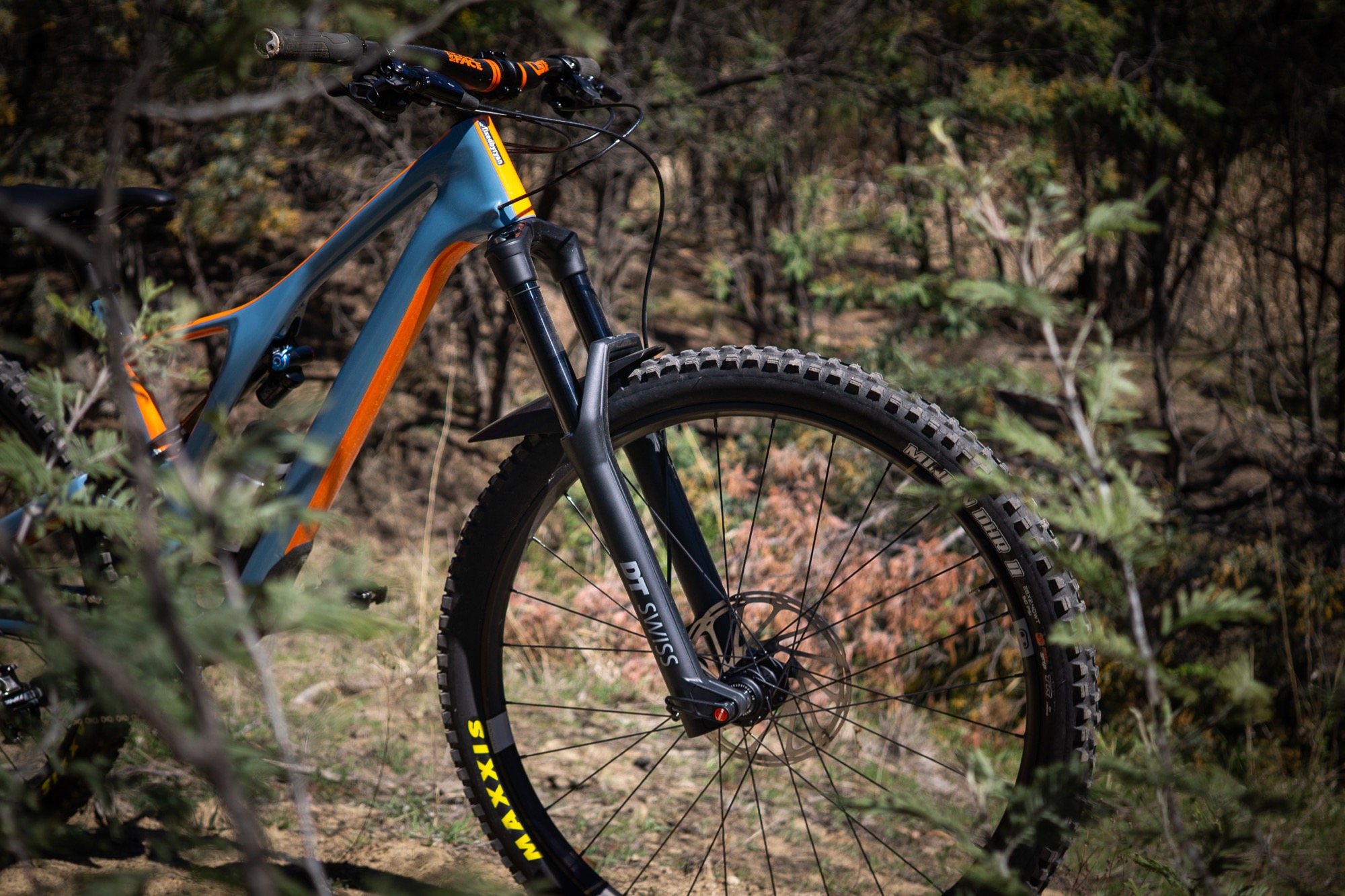
DT Swiss F535 ONE
We recently reviewed the DT Swiss F535 ONE 160 that was a surprise release from the Swiss manufacturer. The fork has a new approach to compression damping entirely which enables it to has the most sensitive initial travel of any fork. The F535 does this by bypassing the oil flow past the compression damping circuit in the first 30% of travel. It then progressively increases the compression damping from 30%-80% then more again from 80%- bottomed out. This “Plushport” technology gave us incredible front wheel grip on rougher terrain where sliding out was a common problem, it did however dive more than all other forks on the market but then regained composure when 30% travel was achieved and offers more stability than the competition.
As most of the “tuning” of the F535 is predetermined by DT Swiss, this is a set and forget style fork by design. DT Swiss put their focus on maximising the rider experience by creating a fork that increases support when you need it and leaves the fork uber plush anywhere else. Save for the compression lockout, ALL adjustments require a T10 torx tool to either adjust or uncover and then adjust. There is a sneakily hidden T10 bit in the front axle should you want to fiddles with DT Swiss’s already excellent setup, just set the pressure and go ride.
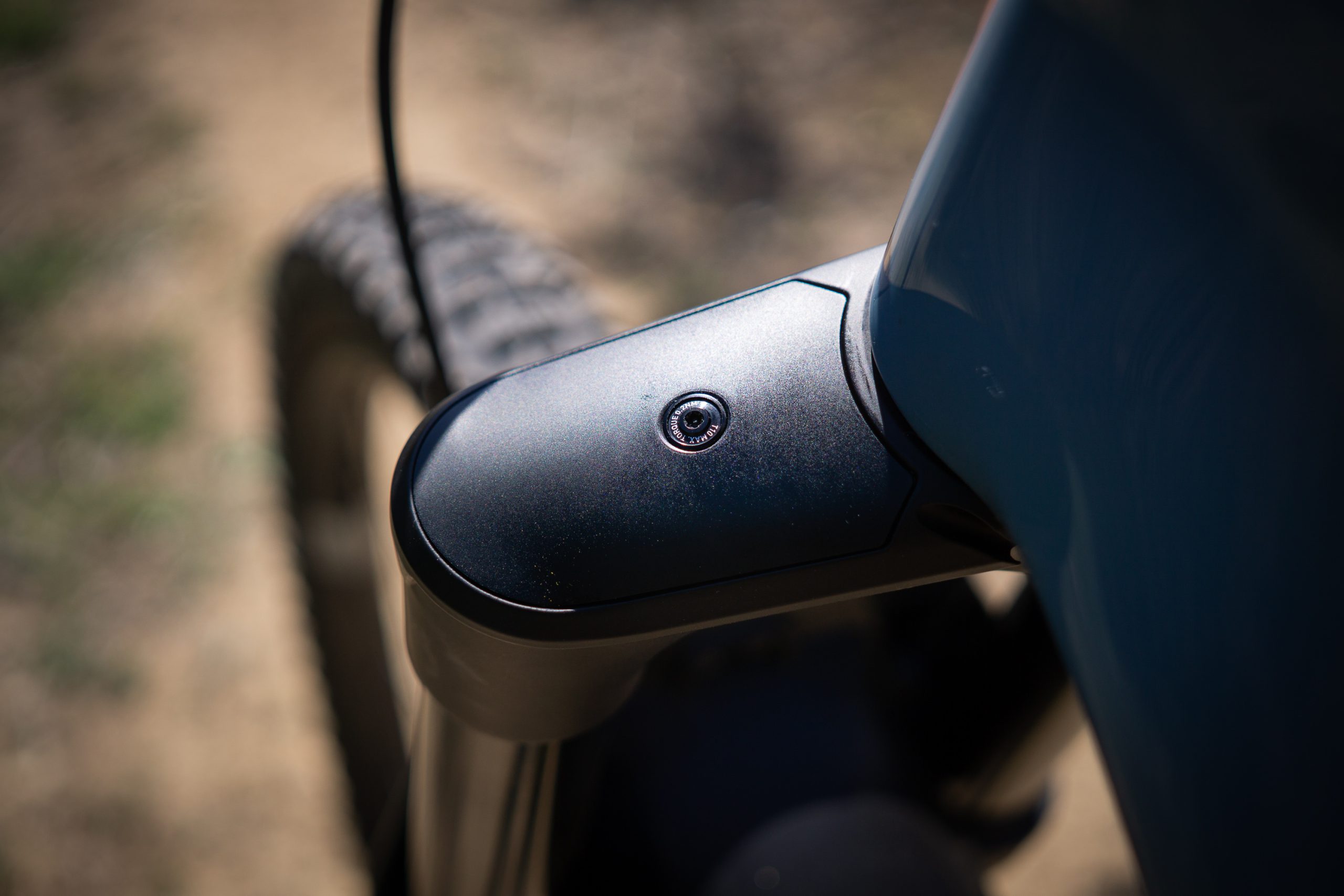
Travel options: 130, 140, 150, 160mm in 27.5 and 29 wheel sizes
Weight: 2020g 27.5 and 2090g 29er
Spring: Air (Positive camber) Air/coil hybrid Negative chamber
Adjustments: Rebound, compression and lockout
What we like best:
The plushest for off the top we have tested, integrated fender
What we like least:
Fork is so plush it does dive more than others, adjustments are hidden and require a T10 torx, Extremely costly to change travel.
Cost
$1549rrp
From: DT Swiss Australia
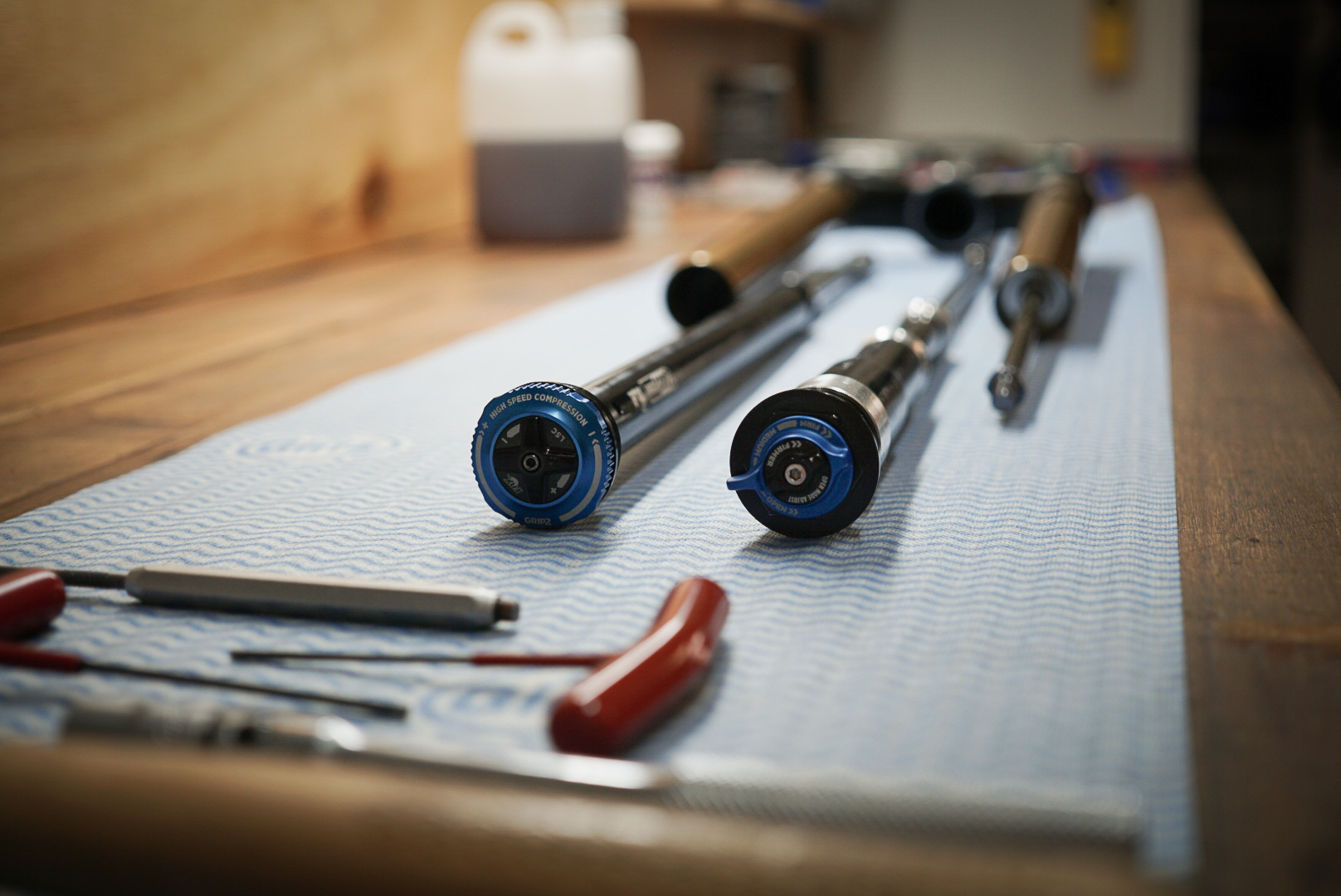
FOX Factory 36 GRIP2
One of the two go to trail/enduro forks available in the last 5 years for a number of reasons including FOX’s high quality, overbuilt and burly design and for many years unmatched adjustability. Across the range of FOX’s 36 fork offerings, the main difference is the Kashima coating and where all the magic happens the GRIP2 damper. The GRIP2 Damper aligns the 36 with the adjustments found on the FOX X2 and DHX2 downhill rear shocks by adding the split adjustability of both Low and High speed rebound damping.

With the demands of trail/enduro riding (or what we should from now on refer to as mountain biking) constantly evolving these adjustments in the right hands can transform the bikes behavior to remain planted on the trail.
For example I normally run my rebound 1-2 clicks faster than recommended as I prefer the lively feel on the ride and rather my front wheel tracking quickly over small choppy terrain. This does however cause problems when I get overzealous on jumps, take poor lines and/or get tired. Hitting something too hard with a fast rebound setting can have a tendancy to bounce or buck like a gazelle sending you on a path though the bushes. Being able to adjust the high speed rebound independently like that of many some DH forks is fantastic. The GRIP2 is a serious bit of DH kit all wrapped up into a neat trail bike package. FOX do offer the GRIP2 as a stand alone upgrade for $519 should you have a 150-180mm 36 that needs some TLC.
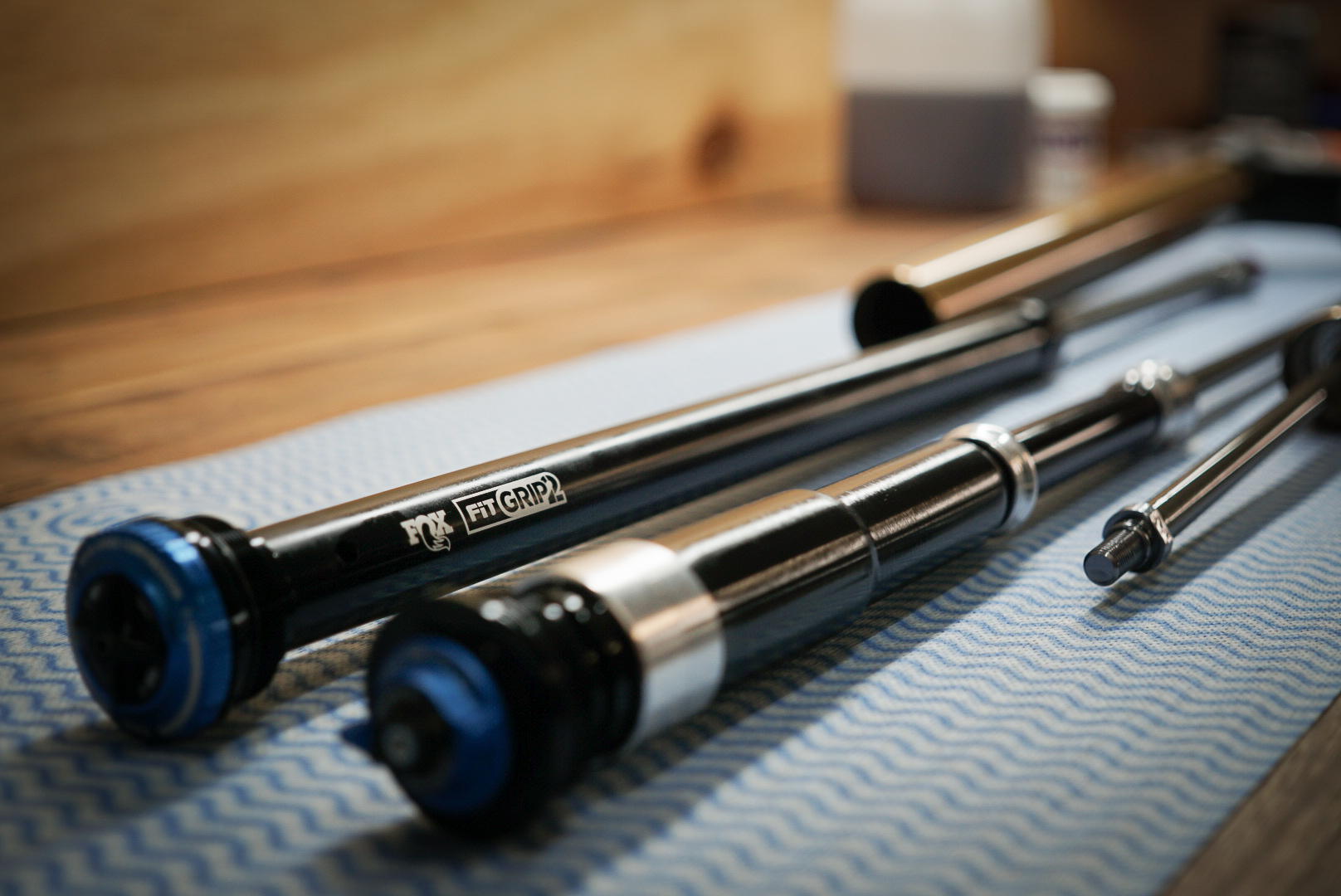
It is worth noting that just like the X2, Cane Creek Double Barrel or Push Elevensix shocks, there are so many adjustments thst it can be easier to make your bike feel an untamed bronco than an extension of your body so fiddlers be aware!
Travel options: 150, 160, 170, 180mm in 27.5 and 150, 160, 170mm in 29er
Weight: 1956g 27.5 and 2006g 29er
Spring: Air Spring FLOAT EVOL
Adjustments: 4 way adjustable, High and Low speed compression – High and Low speed Rebound adjustments.
What we like best:
DH fork adjustability in a trail/enduro package
What we like least;
Requires air shaft assembly to change travel
Cost: $1649rrp
From: Sola Sport
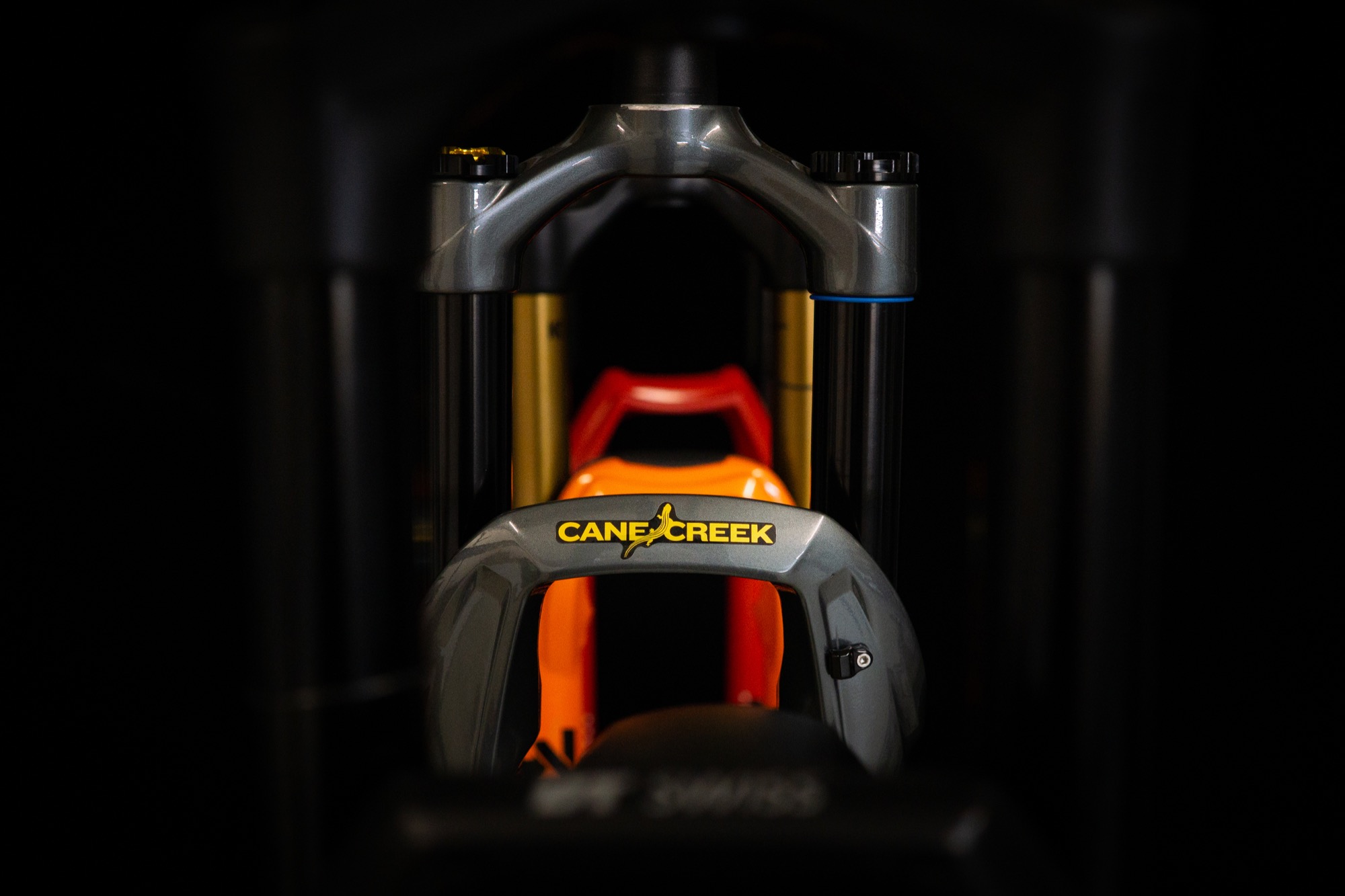
Cane Creek Helm Coil
No newcomer to precision offerings or suspension Cane Creek offer their Helm fork in a coil version unlike FOX and RockShox (we tested the air version last year). While it adds weight, it is so incredibly supple throughout its travel due to less internal parts and seals and therefore the fork is very reliable.
After spending most of my time on air forks, it is a treat to charge rough trails with a coil upfront. The front wheel holds a line well with the tyres staying in contact with the ground. Travel adjustments on the Helm are easily carried out with no additional parts required which is unlike most forks on the market today and the only fork on test to do so. A home mechanic with a clean workspace would have this process dialed in no time.
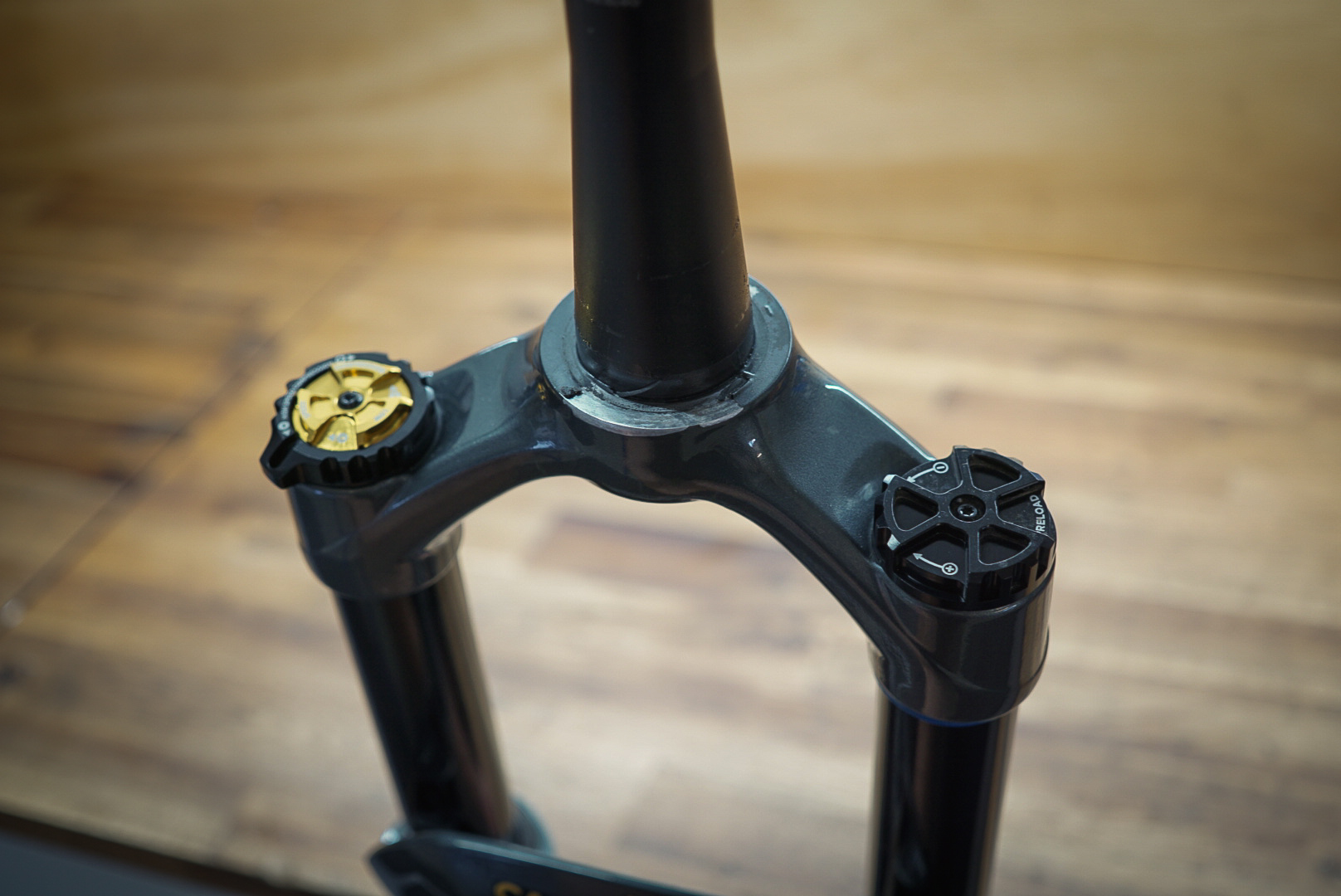
There are 4 spring weights available for the Helm and I am in-between 2 of them, not right in the middle but frustratingly far enough away from the next one. These forks are noisier than an air, in certain sections of rough trail when lofting over obstacles the spring did make a bit of noise that could be heard over that of the trail. Changing springs is not a complicated task but by no means as easy as adding or removing air. The air cap and adjuster knobs are beautifully machined however are huge and have sharp edges.

After you figure out how to use the D-Loc QR thru axle, its actually a neat system that Cane Creek claim adds torsional stiffness to the chassis. You might be able to shave 5 seconds off your front flat change time.
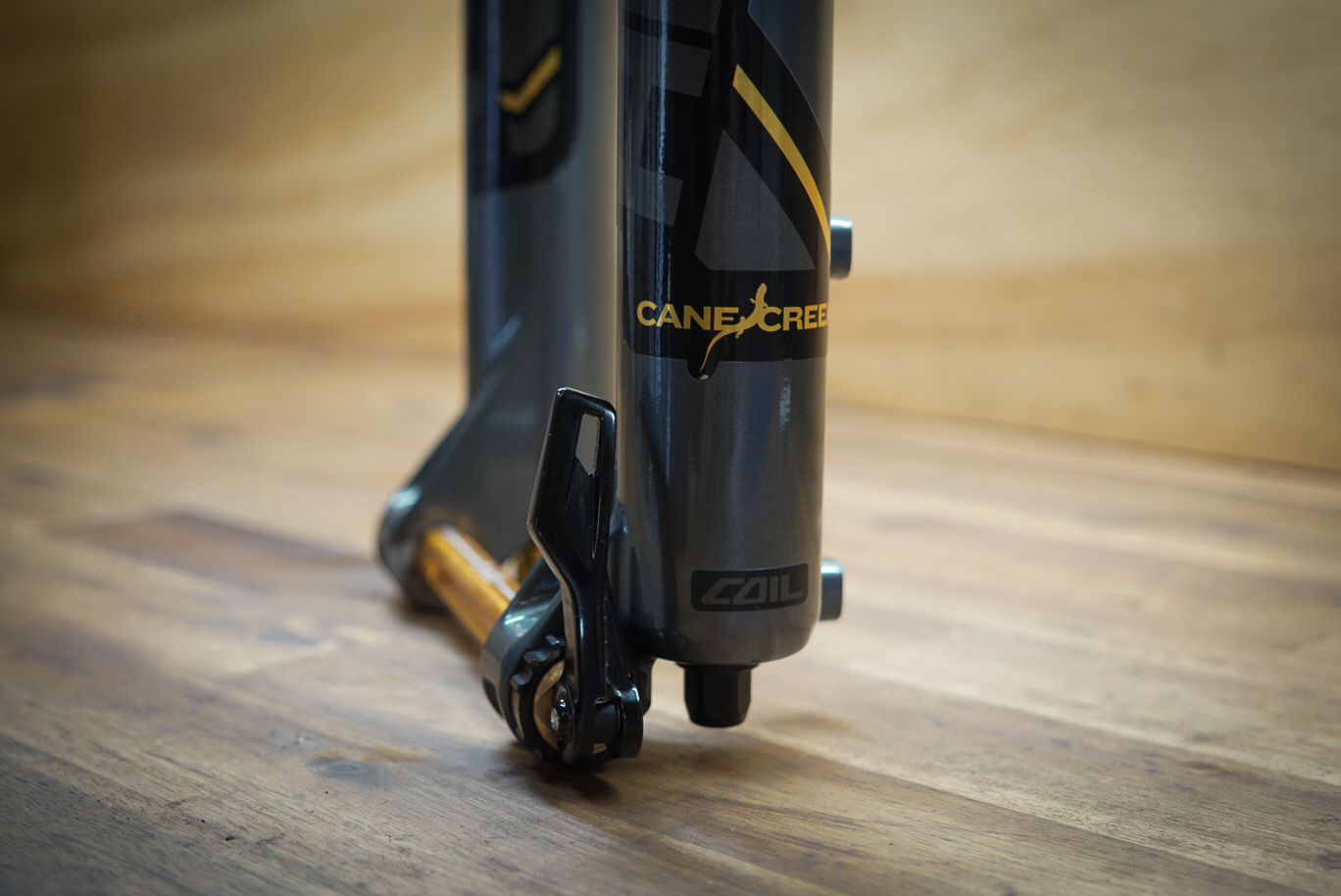
Travel options: 130-160mm in 27.5 and 29 via 10mm travel adjustable spacers
Weight: 2340g
Spring: Coil – 4 spring weights available.
Adjustments: Hi (10 clicks) and Low speed Compression (20 clicks) adjustments, Low speed Rebound (15 clicks) and Spring preload.
What we like best:
Clever D-Loc QR Thru axle design when you figure it out, extremely smooth in all scenarios, quite stiff and robust.
What we like least;
D-Loc QR took a bit to figure out on the trail, weight and some spring noise/slapping
Cost: From $1649
From: Cane Creek Australia
 Marzocchi Bomber Z1
Marzocchi Bomber Z1
From the late nineties the Z1 Bomber was the fork, its uber plush coil sprung travel, adjustability, high quality parts and serviceability and that arch! While Marzocchi has changed hands and is now under the FOX umbrella we are excited to see the big M back doing what they did best and that was bombing trails. The Z1 is based on the FOX 36 sharing the same GRIP damper and FLOAT EVOL air spring and very similar chassis. With the Z1 sharing so much with that of the 36 its no surprise that it performs very well on the trail. As we have experienced on other models equipped with GRIP the “off the top” feel is very supple but does lack midstroke support when the going gets choppy when compared to that of the FIT4 or GRIP2 dampers.
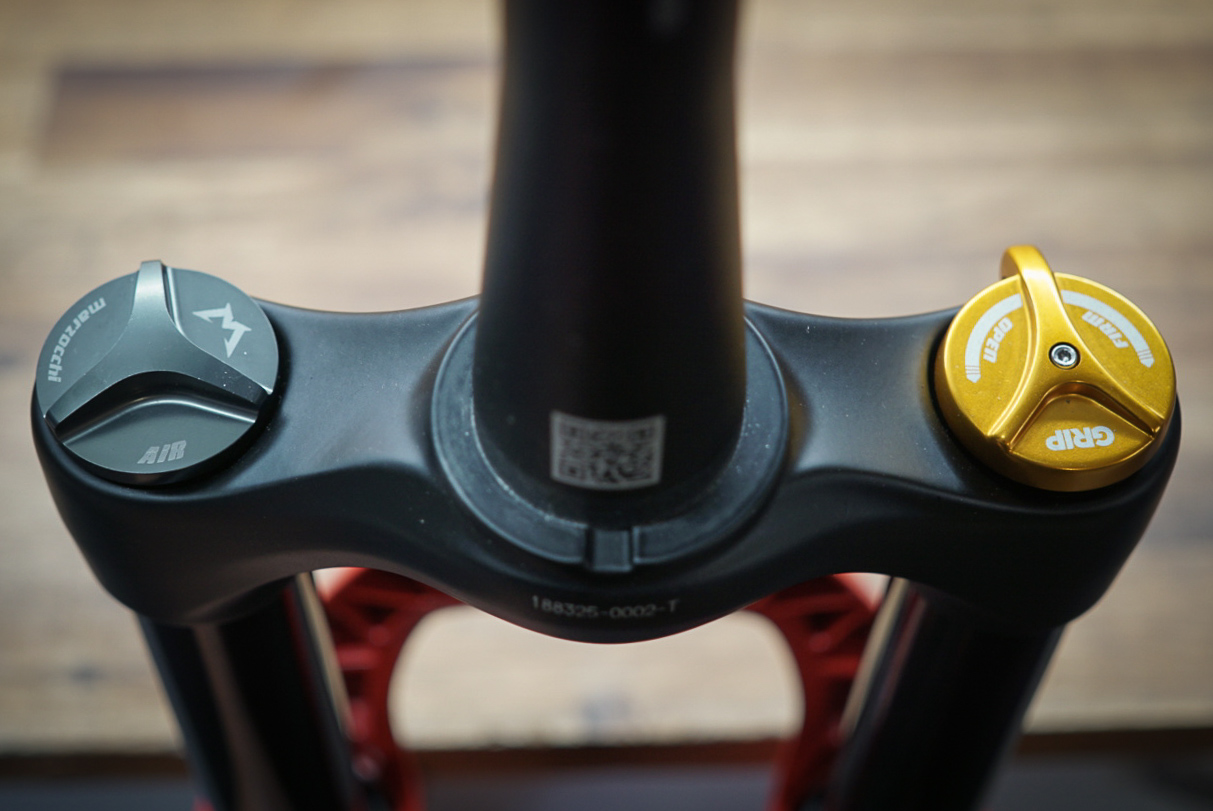
At $500 less than similar forks in this category the Z1 represents exceptionally good value and for most applications will exceed expectation
Travel options: 27.5 – 150mm – 180mm, 29/27.5+ 130mm – 170mm in 10mm increments
Weight: 2150g
Spring: Air Spring FLOAT EVOL
Adjustments: Compression (variable with no clicks) and Rebound (24 clicks)
What we like best:
Reliable, super supple, tried and tested FOX 36 technologies, great value for money, it’s a Z1 Bomber..
What we like least:
GRIP damper lacks mid-stroke support and tends to blow through travel initially, Thru axle's QR is a little flimsy, would have been nice to see more homage to the M arch of old..
Cost: $1149
From: Sola Sport



